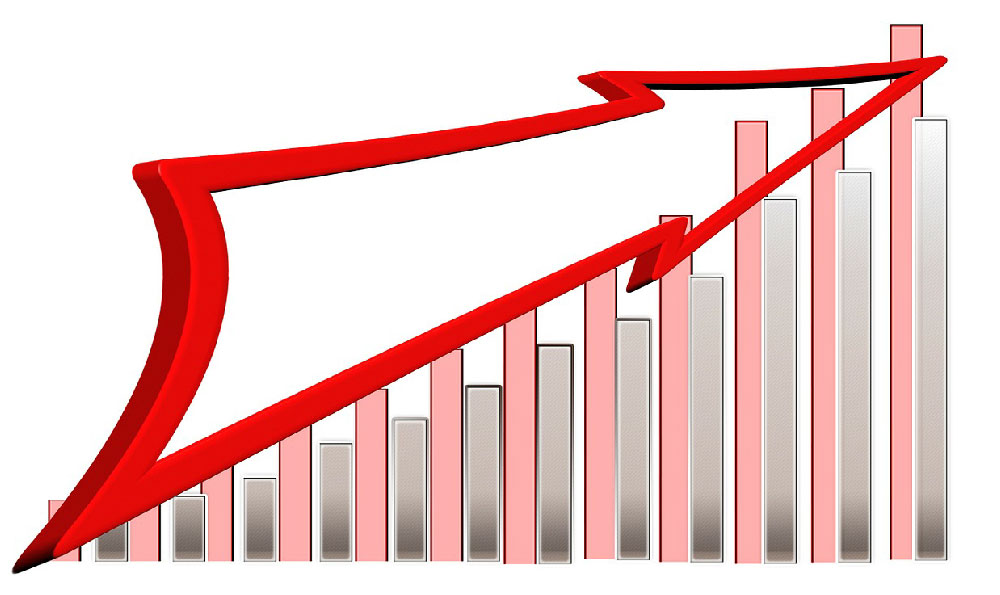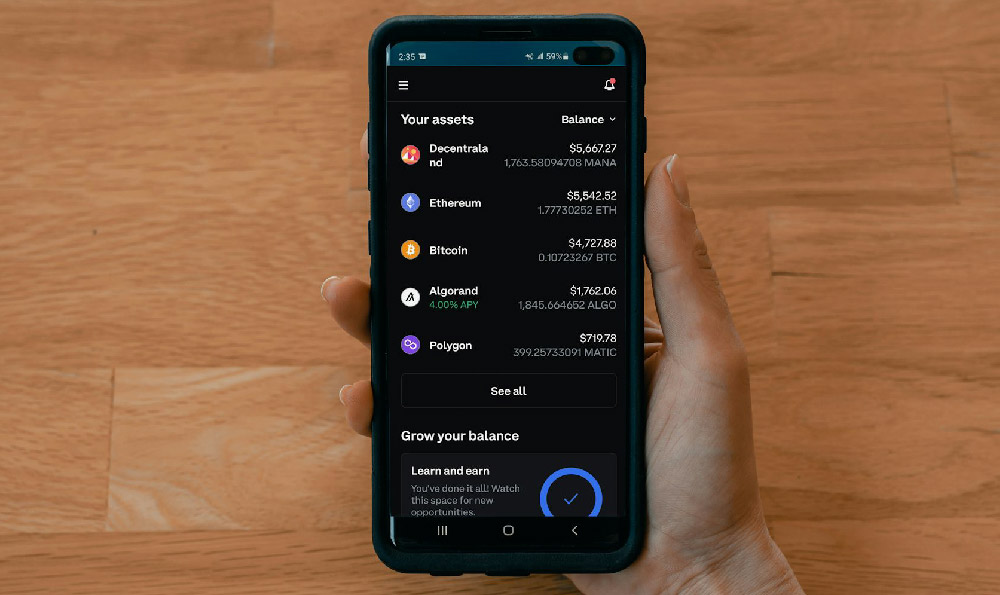How much plasma can I sell, and how much money will I earn?
Plasma donation is a vital source of life-saving therapies for individuals battling various medical conditions. It's also a way for healthy individuals to earn some extra cash while contributing to the well-being of others. If you're considering plasma donation, you're probably wondering about donation limits and potential earnings. This article will delve into these aspects, offering insights into how much plasma you can sell and the financial rewards you can expect.
Understanding Plasma Donation Frequency and Volume
The frequency and volume of plasma you can donate are regulated to safeguard your health and ensure the quality of the collected plasma. These regulations differ slightly depending on the country and the specific donation center.
- United States: The U.S. Food and Drug Administration (FDA) generally allows plasma donation up to twice within a seven-day period, with at least one day between donations. The typical volume collected per donation ranges from 690 to 880 milliliters (mL).
- European Union: The European Medicines Agency (EMA) guidelines vary across member states but generally permit plasma donation every two to three days, with a maximum of two donations per week. The volume collected is generally similar to that in the United States.
- Other Countries: Regulations in other countries, such as Canada, Australia, and Japan, follow similar principles, emphasizing donor safety and plasma quality. Always consult local regulations and donation center policies for accurate information.
It's crucial to note that these are general guidelines. The actual amount of plasma collected during each donation can vary depending on factors such as your weight, overall health, and the donation center's specific protocols. A medical professional at the donation center will assess your eligibility and determine the appropriate donation volume.

Factors Influencing Your Earning Potential
The amount of money you can earn from plasma donation depends on several factors:
- Donation Center Location: Compensation rates vary significantly across different donation centers and geographic locations. Centers in areas with high demand for plasma or a higher cost of living tend to offer more competitive compensation.
- Donation Frequency: Since you can typically donate twice a week, your total monthly earnings depend on how consistently you donate. Regular donors can maximize their earning potential.
- Promotional Offers and Loyalty Programs: Many donation centers offer incentives like sign-up bonuses, referral bonuses, and loyalty programs. These programs can significantly boost your earnings over time.
- Plasma Quality and Type: Some centers offer higher compensation for specific plasma types or individuals with rare blood types that are in high demand for research or specific medical treatments.
Estimating Your Potential Earnings
Providing an exact figure for plasma donation earnings is challenging due to the variability of the factors mentioned above. However, we can provide a general idea:
- Per Donation: In the United States, compensation per donation typically ranges from $30 to $75. Some centers may offer even higher rates for new donors or during promotional periods.
- Weekly Earnings: If you donate twice a week, you could potentially earn between $60 and $150 per week.
- Monthly Earnings: Consistently donating twice a week could result in monthly earnings ranging from $240 to $600 or more, depending on the donation center and any bonus programs.
It's essential to contact local donation centers and inquire about their specific compensation rates and any available promotions. This will give you a clear understanding of your potential earnings.
Understanding the Donation Process and Eligibility
Before donating plasma, it's essential to understand the process and ensure you meet the eligibility criteria. The donation process typically involves:
- Registration and Screening: You'll need to register at the donation center and undergo a medical screening to assess your health history, current medications, and vital signs. This screening ensures your safety and the quality of the plasma.
- Physical Examination: A medical professional will perform a brief physical examination to check your overall health.
- Blood Testing: Your blood will be tested for infectious diseases like HIV and hepatitis.
- Plasmapheresis: The actual donation process involves plasmapheresis, a process where blood is drawn from your arm, the plasma is separated, and the remaining blood components (red blood cells, white blood cells, and platelets) are returned to your body. This process is performed using specialized equipment and typically takes 45 to 90 minutes.
- Post-Donation Care: After the donation, you'll be monitored for any adverse reactions and given instructions on post-donation care, such as drinking plenty of fluids and avoiding strenuous activities.
Common eligibility requirements include being at least 18 years old, weighing a minimum weight (usually around 110 pounds or 50 kilograms), and meeting specific health criteria. Individuals with certain medical conditions, such as autoimmune diseases or bleeding disorders, may not be eligible to donate.
Is Plasma Donation Right for You?
Plasma donation can be a rewarding experience, both financially and altruistically. However, it's important to weigh the pros and cons before making a decision.
Benefits:
- Financial Compensation: Earning extra money can be a significant benefit, especially for those with financial needs.
- Contribution to Healthcare: Your plasma can help save lives and improve the health of individuals with various medical conditions.
- Regular Health Checkups: The screening process provides regular health monitoring, which can help detect potential health issues early.
Considerations:
- Time Commitment: The donation process takes time, including travel to and from the donation center, registration, screening, and the actual donation.
- Potential Side Effects: While rare, some individuals may experience mild side effects such as dehydration, fatigue, or bruising at the injection site.
- Eligibility Restrictions: Not everyone is eligible to donate due to health or lifestyle factors.
Maximizing Your Earnings and Ensuring a Safe Experience
If you decide to donate plasma, here are some tips to maximize your earnings and ensure a safe and comfortable experience:
- Research Local Donation Centers: Compare compensation rates, bonus programs, and customer reviews of different donation centers in your area.
- Stay Hydrated: Drink plenty of fluids before, during, and after donation.
- Eat a Healthy Diet: Maintain a balanced diet to support your overall health and plasma regeneration.
- Follow Donation Center Instructions: Carefully follow the instructions provided by the donation center staff.
- Report Any Adverse Reactions: If you experience any unusual symptoms or discomfort during or after donation, inform the donation center staff immediately.
- Maintain a Healthy Lifestyle: Avoid smoking, excessive alcohol consumption, and risky behaviors that could compromise your health.
Conclusion: An Opportunity to Earn and Help Others
Plasma donation offers a unique opportunity to earn extra money while contributing to the well-being of others. By understanding the donation process, eligibility requirements, and factors influencing earnings, you can make an informed decision about whether plasma donation is right for you. Remember to prioritize your health and safety by following all guidelines and seeking guidance from medical professionals.














